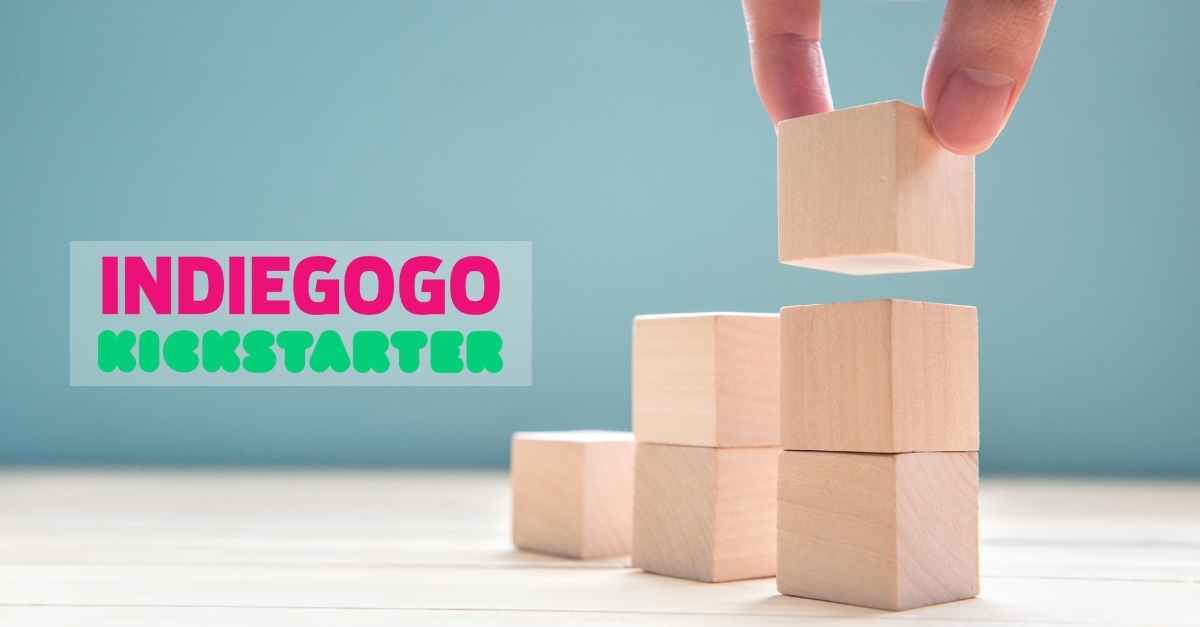
So you’re a hardware startup who’s about to launch a Kickstarter or Indiegogo campaign and you need to prepare to make the transition from a functional prototype towards a manufacturable product. As well as the online portion of your crowdfunding campaign strategy, what product development and manufacturing tasks need to be done at the same time in order to get the best results?
First, a few questions…
- Have you already approved production-ready suppliers of the components?
- Have you documented a quality standard?
- Have you found an assembly supplier?
If the answer to any of the above questions is “no” then you may not yet be ready to start a crowdfunding campaign. We can help you with the above… let us know.
The essential activities to follow during the crowdfunding campaign strategy for hardware startups we suggest
Most of our customers who prepare a crowdfunding campaign do several things in parallel:
- Ensure the product development is really over (final prototype fully confirmed based on user and performance testing, and usually also a bit of accelerated reliability testing)
- If not already done, qualify the main assembly factory. This is quite central to the whole project.
- Qualify the key components’ suppliers, and prepare a final prototype with their components, to prevent surprises down the road. You don’t want to find out that you bought a few good pieces from a workshop that is, unfortunately unable to make 1,000 pcs with >90% good quality.
- Based on the above point, double-confirm the total cost of the BOM (bill of materials). Underestimating the total cost of production is a common reason for failed projects.
- Get a DFM review, to minimize the risk that a supplier ends up saying “we have to change the shape” or “impossible to get this finish with this material” when you think you are ready for production.
- If there might be safety issues, think of ‘reasonably foreseeable’ failures (or any special usage) of the product that might hurt a user and how to mitigate those risks. For example, for a foldable desk, are there pinch points for fingers? Could a child walk onto it from a chair, and is it stable enough not to fold? Etc.
- Start to document the quality standard, at least by listing some common defects and some important tests that will confirm safety and function/performance.
As you’ll find out in the following section, a lot of this needs to be done while you’re setting up your crowdfunding campaign online. You don’t want to be on Kickstarter for example, before doing these. Not least because the increased online visibility of your product before you’re ready to launch leads to a risk of being copied.
The conclusion about this crowdfunding strategy’s results
The general conclusion of people who have followed this crowdfunding campaign strategy 2 or 3 times is:
- Indiegogo and Kickstarter work well for gaining visibility if the product category is a good fit for these platforms.
- If putting 1 dollar in advertising leads to 4 or more dollars in crowdfunding sales, that’s usually considered a good deal.
- Over the years, it has gotten harder for a totally unfunded startup to raise enough money just on these platforms, which are used more and more to get visibility and less and less for raising starting capital.
- If the campaign is successful and hits a certain amount, some Chinese companies will see it and will copy its concept. (Some companies are specialized in monitoring Indiegogo and Kickstarter and are ready to work on a very fast development & manufacturing run.) They might get to market before you if you haven’t done any of the steps I outlined above.
- One approach that works well is contacting potential investors during product design & development, starting to collect a bit of validation from target users without being visible online, raising the first round of financing once there is a nice prototype, and doing the crowdfunding campaign just 1 or 2 months before production.
What are your crowdfunding plans? Are you stuck at any part of the new product development process? Let us know by contacting us or commenting and we’ll try to help if we can!



